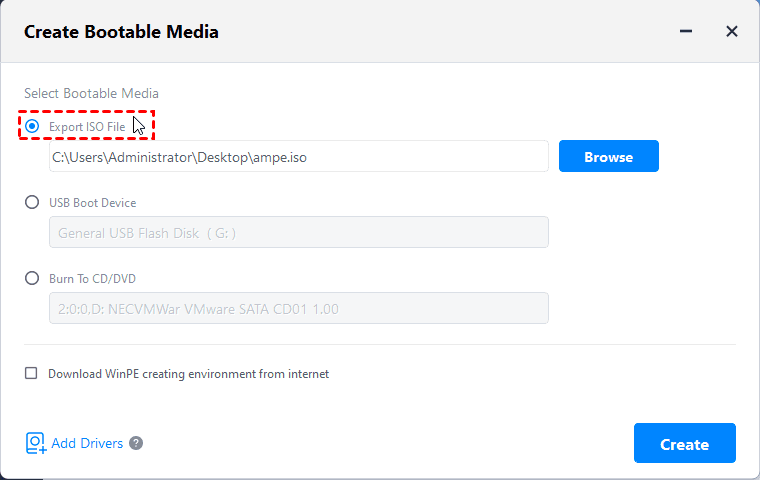

If not and you are looking for one to test with, you could give Ubuntu Budgie a try. You probably already downloaded an ISO image.

Since our goal is to create a bootable USB drive from a Linux ISO image, we’ll need an ISO image. Therefore a USB drive of 8 GB or more works perfectly. Since Linux ISO images are originally meant for optical disks, an ISO image will typically not be larger than 4.7 GB. Besides that, you just need a USB drive such as a memory stick of a few Gigabytes.
WRITE LINUX ISO TO USB WINDOWS 10 PC
It could be on a regular PC or laptop, a Raspberry PI or simply a virtual machine. This article assumes you already have Linux running somewhere. To cover all bases, I’ll present two different methods: One where we just use graphical user interface programs and one where we do everything directly in the terminal. In this article, I’ll explain how you can create a bootable USB drive from a Linux ISO image. This leads to the question: “How do I write the Linux ISO image to my USB drive, such that my PC can boot from it”? That is exactly the topic of this article. This makes option two the more viable and preferable one. Chances are that you have a USB drive of a few GB lying around somewhere already. The BIOS of all modern PCs offer support to boot from a USB drive.
WRITE LINUX ISO TO USB WINDOWS 10 INSTALL
When you want to install Linux or boot a Linux live environment, you start by downloading the installer or live environment from the Internet.

But how do you create a bootable USB drive from the downloaded Linux ISO image? Grab your USB drive, a beverage of choice and read on, as that is exactly the question I’ll answer in this article. No problem, because you found out that your PC can also boot directly from a USB drive. You realize your PC did not come with a CD or DVD drive anymore. You eagerly downloaded the ISO image of your Linux distribution of choice.


 0 kommentar(er)
0 kommentar(er)
